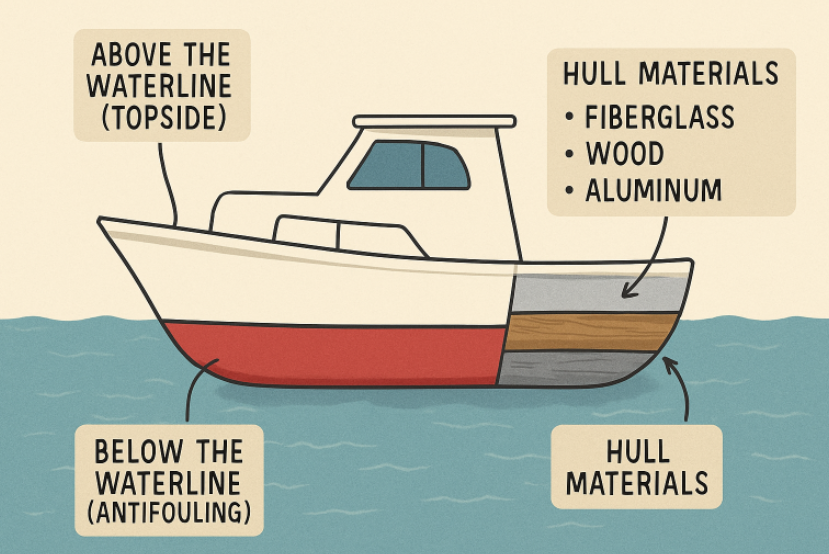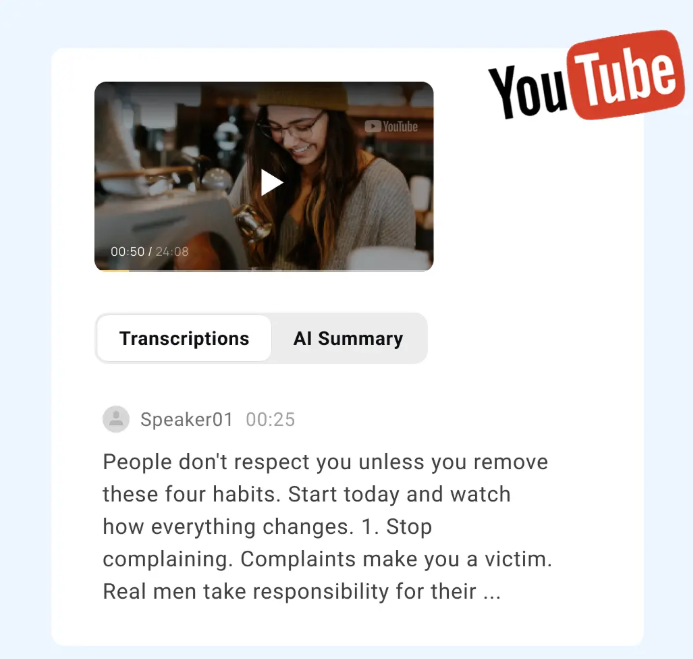Everyone has a good story to share. An autobiography is an opportunity to tell the readers about your life story. It is the entire lifetime of experiences and memories and a unique path through life’s ups and downs that is worth recording.
This blog will guide you on how to write a perfect autobiography. So are you ready? Let’s dive in.
The complete guidance to compose an autobiography
When you write an autobiography, it can be relaxing, but it’s not easy. Even though it’s about describing your own life, but it requires research, time, effort, and some writing skills to get it done perfectly.
- Decide a type and scope
Although an autobiography includes the author’s whole life, but it doesn’t mean that you add every single detail. For instance, if you are sharing a memorable day of your life, you don’t need to add the details of your breakfast or dinner menu, unless it has something special that could be linked with the story.
So the first step when you are writing an autobiography is important that you decide what type of writing it will be. This will help you decide the scope. If it is an intellectual biography, you may want to tell the readers about your early schooling and what happened that made you engage in learning new things. On the other side, if you’re writing is to describe a theme related to your years when you were growing up, so no need to add childhood years.
- Research and outline
Once you have a clear scope in mind, you can start with your research and make an outline map of all the events you want to cover. This is when your idea begins to take shape in your mind and on the page.
Research does not mean reading the articles but delving into your family history and opening physical and digital photo albums. You can talk to your parents, friends, siblings, and other family members. To get your things right, it’s important that you not just rely on your fallible memory. Although this process is time-consuming, it is essential to form an autobiography in your mind. You will even learn stories about your family that you never knew.
- Write your story
Remember! Autobiographies are in chronological order. Therefore, you don’t need to grab your audience’s attention. For instance, if you are opening your autobiography with an event that changed your life. This means jumping forward in time in your autobiography introduction to hook the reader before jumping back to your childhood is perfectly fine. The mainstream idea is to entertain your readers. To do this, you can write your biography like a novel. The thing is that your book shouldn’t be dry, like academic writing.
Think about all the other characters in your story. Each member will be the supporting character in your story. Like you, they should also be interesting. You can use them to show conflicts later in the story. When you think about autobiography in this way, you can refine your outline or write a whole new one with this point in mind.
Once you are confident that you have the structure you want, it’s time to start writing!
- Start with your first draft
As you are writing about your own experience, you will use first-person pronouns. This is the most common autobiography format. For many authors, it’s an easy task as this is how autobiographies come naturally. A pro tip is that using ‘I’ again and again might be a little old. This is normal, so vary your sentences instead of starting every sentence with the ‘I’ pronoun.
The writing process varies according to every author. It is essential that you set a certain word goal per day or week. Stick to it. If you take this for granted, you will have to work harder to get back into rhythm in the future. There is room to commit mistakes in your first draft. Your main focus should be to get the words onto the paper. Things will be much easier in the future. You can edit them later.
- Now time to edit
When you have completed your first draft, keep it aside for a few weeks. This will allow you to get back with a fresh mind, helping you to look at them with a critical eye when it is time to work on your subsequent drafts. Here, each author has their way. Some of them prefer doing this after each consecutive draft, while others find this beneficial after the first one. This depends on you so make a wise decision.
Remember! Recording your life is not easy. You will be close to it. This distance is imperative to achieve with a dispassionate look. You can make changes and re-work it until you think it’s ready for another pair of eyes.
- Look for a professional editor
Once you have checked through your autobiography making it as good as you can, it’s time to seek someone’s help to make it more refined. You can give a copy of the book to some friends and family and ask them to see what they think about it. However, keep in mind that their responses will be biased. This is so as they are not professional editors.
If you want to get it done with perfection, hiring an editor is a good idea, especially someone who is professional in this domain. Of course, there are different kinds of editors. Choose one that you wish should work with your copy editing process.
- Get it published!
Even though you might not be able to make millions, if you write a story online or publish it physically, unless you are a celebrity. Publishing will still be fun. You will learn a lot of new things, especially if you are choosing the self-publishing option. Format your manuscript and use a professional cover, and you might attract some readers to your book. You can even order copies of your paperback to give it away to your family and friends.
FAQs
What makes an autobiography unique?
When you start writing the biography, begin with brainstorming the ideas, experiences, and themes from your life. Organize the story chronologically and thematically. Add an engaging introduction that can capture the reader’s attention and provide context for your life story. This will make your writing unique.
What is the format of an autobiography?
Biographies focus on a single aspect of the writer’s life. Use first-person pronouns. Add an introduction, body, and conclusion. It is essential to use relevant details and concise language, a narrative style, and organize all the events in the order they took place.
How can a writer craft a good title for an autobiography?
The title must reflect the theme of the book. Therefore, choose a relevant title. Go with a significant statement or quote something directly from the story. Using clever titles will work best.
What should not be the part of autobiographies?
When you are writing one, avoid stereotypical conclusions or morals. Let the readers learn the lesson from the story on their own instead of telling them.
Good to craft an autobiography
When you wish to sell your autobiography to a wide audience or simply keep it on the shelf to let your future family read, writing about your life experience is a worthwhile attempt. You can become a better writer while reflecting on your life and the lessons learned.
By following these steps, compose an autobiography that stands out, attracting the readers to give it a buy if launched in the market.











